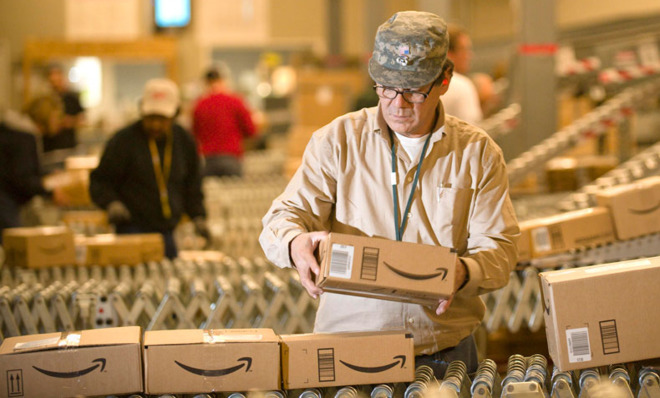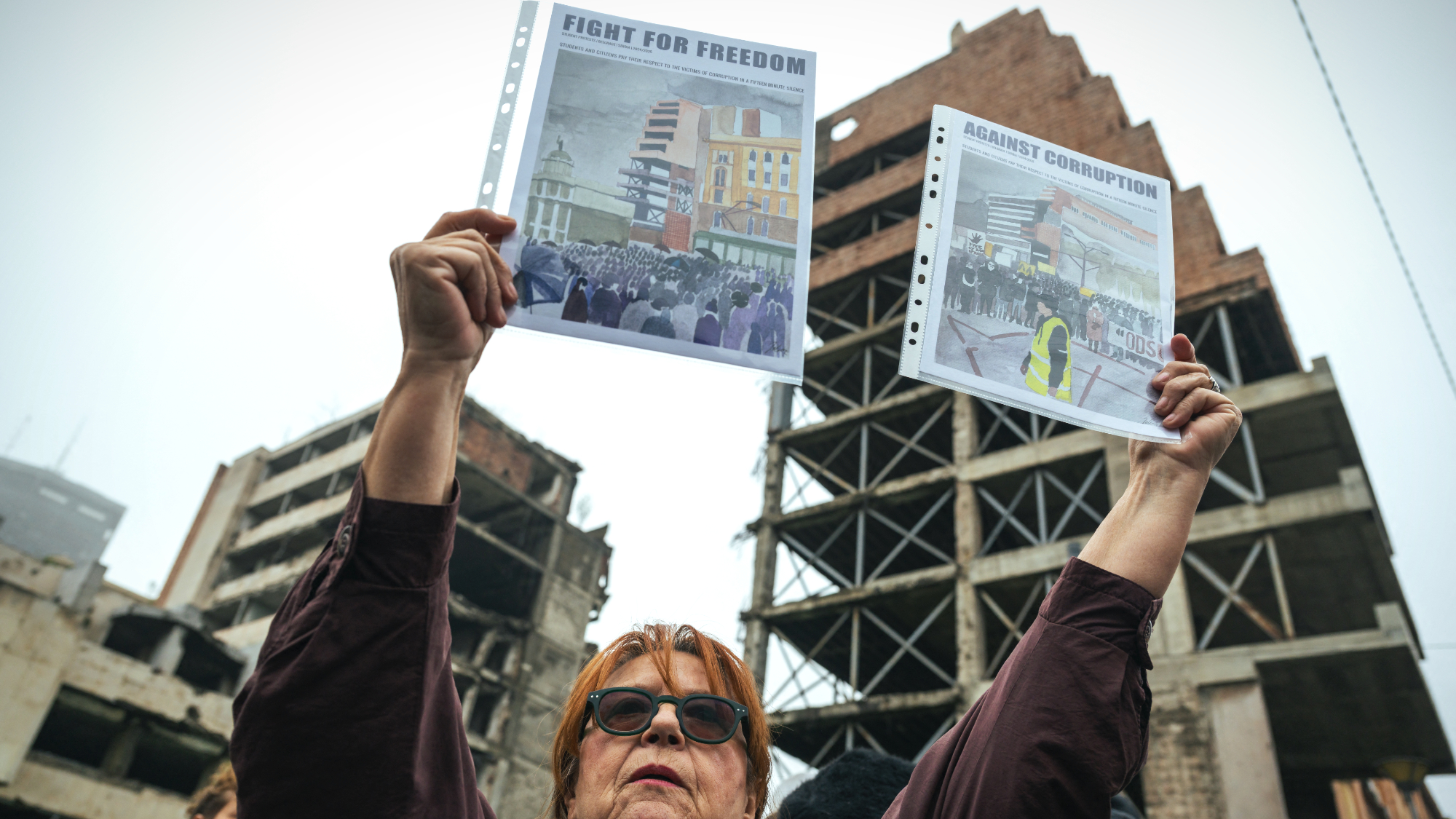Why Amazon is making it harder to get free shipping
The e-tail giant is famous for forgoing profits in favor of growth. That may be changing.

After more than a decade of offering free shipping for any purchase over $25, Amazon upped the threshold to $35 on Tuesday — with no warning, and almost no explanation.
In a short announcement buried deep on the site, Amazon mentioned the change while urging customers to sign up for Amazon Prime, a $79-a-year subscription service that offers free, two-day shipping on any purchase, along with a few other benefits. "Millions of Amazon customers have already made the choice of faster shipping by becoming Amazon Prime members," it says. "The service is so popular that more than a year ago we began shipping more items with Prime than with free shipping. Start your 30-day free trial today."
Clearly, Amazon's new policy seems motivated at least in part to urge customers toward the premium subscription. But analysts see another motivating factor: The company's consistent lack of profits.
The Week
Escape your echo chamber. Get the facts behind the news, plus analysis from multiple perspectives.

Sign up for The Week's Free Newsletters
From our morning news briefing to a weekly Good News Newsletter, get the best of The Week delivered directly to your inbox.
From our morning news briefing to a weekly Good News Newsletter, get the best of The Week delivered directly to your inbox.
For years, CEO Jeff Bezos has famously forgone profits (and thus dividends) almost entirely, instead shoveling close to every last penny into expanding the Amazon empire. Amazon now sells a huge number of products, from books to groceries to million dollar impressionist paintings. Just recently, "It started selling wine for the first time in New York, updated its line of tablets, gave the go-ahead to three new comedy pilots, and began a design competition for its fashion division," says The New York Times' David Streitfeld.
Though shareholders have largely rewarded this expand-at-all-costs strategy — Amazon's stock price is now around $325, up from $49 in 2008 — analysts have started to wonder if Bezos can sustain such breakneck expansion in lieu of profits. Streitfeld, again:
No one is asserting that Amazon is a flat-out bubble, but there is an increasingly noisy debate about when it will — or even whether it can — deliver the sort of bottom-line profits that investors normally demand from a company expected to post $75 billion in revenue this year. [The New York Times]
One way for Amazon to keep its nose above water is to fiddle with its costly customer benefits, which have long served to separate the hulk from its competition and propel growth. Chief among these is Amazon's barely-there shipping costs — and this won't be the first time the retailer has reeled in those perks. Amazon Prime members used to get any item overnight for an extra $3.99 per item, even if that item is the size of a dishwasher. Last summer, that changed (also without a peep of warning), and now overnight fees fluctuate between $2.99 and $25, depending on the size and weight of the item.
Free shipping, says Paulo Santos at Seeking Alpha, has long been "a central tenet of Amazon.com's growth strategy. And here, what Amazon.com is doing is backtracking on this central tenet." The e-tail giant surely wouldn't risk a ferocious customer backlash were it not "under tremendous earnings pressure," Santos says.
A free daily email with the biggest news stories of the day – and the best features from TheWeek.com
That may help explain why the change occurred just two days before Amazon is set to announce its third quarter profits. The company lost money in 2012, and probably will again in 2013, say analysts. This could be a way to soften the blow. USA Today's Alistair Barr points out another reason the hike may be all about timing.
The change comes ahead of the crucial holiday season, when online shopping and package shipping activity soars and Amazon generates most of its revenue.
Amazon did not say why it made the change. However, Wall Street has focused on the company's high shipping costs in recent years and this may be a way to control such expenditure and boost the company's meager profits. [USA Today]
The good news for Amazon: Free shipping on $35+ purchases still sets it apart from competitors. As The Wall Street Journal points out, Target and Walmart offer free shipping on any purchase over $50. And while EBay acquired Shutl Inc, a delivery service, to help ramp up its same-day delivery service — another initiative Amazon has in the works — it still hasn't matched Amazon's free shipping benefits.
Wall Street, for its part, doesn't seem to know what to think. Amazon's shares rose after the news yesterday, before plunking back down this morning.
Carmel Lobello is the business editor at TheWeek.com. Previously, she was an editor at DeathandTaxesMag.com.
-
 Kushner drops Trump hotel project in Serbia
Kushner drops Trump hotel project in SerbiaSpeed Read Affinity Partners pulled out of a deal to finance a Trump-branded development in Belgrade
-
 Son arrested over killing of Rob and Michele Reiner
Son arrested over killing of Rob and Michele ReinerSpeed Read Nick, the 32-year-old son of Hollywood director Rob Reiner, has been booked for the murder of his parents
-
 US offers Ukraine NATO-like security pact, with caveats
US offers Ukraine NATO-like security pact, with caveatsSpeed Read The Trump administration has offered Ukraine security guarantees similar to those it would receive from NATO